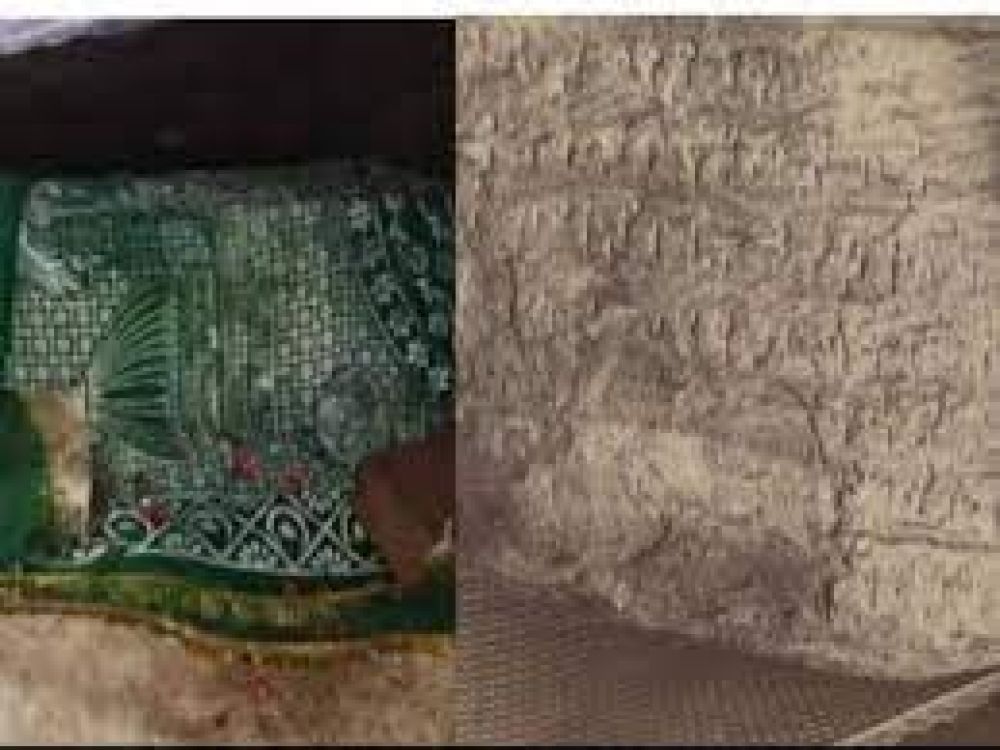

The Ashokan Inscriptions, scattered across the Indian subcontinent, serve as enduring testimonies to the expansive Mauryan Empire that flourished under Emperor Ashoka in the 3rd century BCE. One such edict is situated in Sasaram, a city of historical significance in the Bihar state of India. Tourism centered around this inscription offers a glimpse into the ancient past and enables visitors to connect with India's rich cultural heritage.
As one of the earliest written records in India, the Ashokan Inscriptions were technically sophisticated and philosophically significant. These edicts, inscribed on pillars, boulders, and cave walls, primarily conveyed Emperor Ashoka's messages and directives to his subjects. Written mostly in Brahmi and Kharosthi scripts, the edicts emphasized dharma (moral law), non-violence, and the welfare of the people.
In Sasaram, the inscription forms part of the historical narrative that predates many prominent medieval and modern historical events in the region. It is said that the very presence of the Ashokan Inscription accentuates the town's stature as a crucial juncture in ancient India.
Although Sasaram is more widely recognized for the tomb of Sher Shah Suri, the founding emperor of the Suri Empire, tourism around the Ashokan Inscription has been a relatively recent phenomenon. Interest in this site has grown as awareness of India's ancient history has spread among both domestic and international tourists.
Tourist Infrastructure in Sasaram has developed with time, providing better accessibility and facilities for visitors interested in the historical and archaeological aspects of the location. Museums, guided tours, and educational materials augment a tourist's experience, offering deeper insights into the cultural significance of Ashoka's messages.
Recent trends in tourism at the Ashokan Inscription include a rise in heritage-focused travel. Cultural enthusiasts and history buffs are increasingly drawn to sites like Sasaram to partake in an authentic experience of India's historical legacy. Educational tourism is also on the rise, with schools and universities organizing trips to this site to help students understand the importance of the Mauryan Empire in shaping India's historical trajectory.
The Sasaram Ashokan Inscription currently represents a niche but growing interest in archaeological tourism, contributing to the economy and academic study of the region. Efforts to preserve the inscription and the surrounding area are pivotal in sustaining this historical site for future generations.
Looking ahead, the convergence of preservation activities, community involvement, and government support is expected to bolster Sasaram's tourism profile. With increasing digitalization, virtual tours and augmented reality experiences could further enhance visitor engagement, making the teachings of Emperor Ashoka accessible to a global audience.
In conclusion, the historical significance of the Ashokan Inscription in Sasaram presents an array of opportunities for immersive tourism experiences. As the trend towards heritage and educational tourism continues, Sasaram is poised to become a more prominent destination for visitors eager to explore one of the seminal chapters in the annals of Indian history.